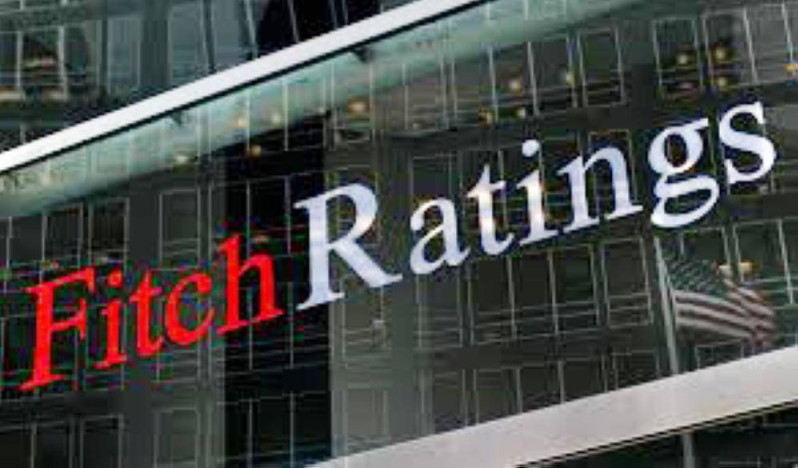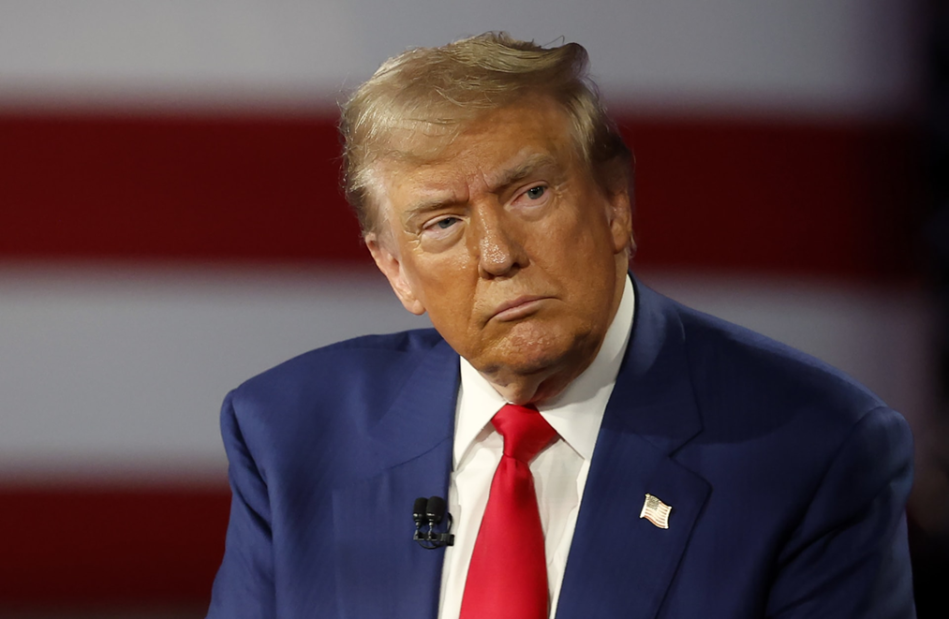Fitch affirms Saudi Arabia's credit rating at "A"

The credit rating agency, "Fitch", affirmed in its credit report to the Kingdom of Saudi Arabia its rating at "A" with a modified future outlook from "stable" to "positive", compared to its report published in July 2021.
In its report, the agency clarified that confirming the Kingdom's classification and adjusting its future outlook to "positive" came as a result of the Kingdom's commitment to strengthening public financial governance, its continuation of structural reforms, and its implementation of many plans to diversify the economy, in addition to the increase in its oil revenues as a result of improved prices.
It estimated that the volume of public debt as a percentage of GDP will stabilize to less than 30% until 2025, which is approximately half of the average volume of public debt as a percentage of the GDP of countries rated credit “A”, in addition to the Kingdom of Saudi Arabia’s endeavor to maintain financial reserves. Significant in the coming period, including deposits in the central bank, which exceed 10% of GDP.
In its report, the agency expected the continuation of positive growth in the Saudi economy and the recording of budget surpluses during 2022 and 2023 for the first time since 2013, equivalent to 6.7% and 3.5% of GDP, respectively, as a result of the recovery in oil prices, especially since the agency It raised its forecast earlier this year for oil prices for the current year.
It also expected the Kingdom's continued commitment to spending rates and raising its efficiency despite the high oil prices, in addition to supporting the flexibility of its general budget to be able to adapt to the possibility of fluctuating oil prices in the long term, in line with the financial sustainability program, in the event of a decrease in oil prices or an increase in spending By the public sector to support economic growth and job creation.
The agency indicated that the increase in extrabudgetary spending by the Public Investment Fund and the National Development Fund will allow for less spending in the state's general budget during the last period, as capital spending decreased to 5% of GDP, compared to 11% of GDP in 2014.
While she indicated the stability of non-oil revenues in nominal terms for the year 2022 AD, they are expected to average about 19% of the non-oil GDP in 2022 AD and 2023 AD, which is equivalent to more than double their level in 2015.
The agency also stated that the Kingdom is moving forward with the national investment strategy, which has an expected role in the growth of revenues through the growth of non-oil GDP, the growth of job opportunities in the semi-governmental and private sectors, and the reduction of the current unemployment rate (11%), noting that the national investment strategy aims to pump 12 trillion Saudi riyals (nearly four times the GDP of 2021) of domestic investment by 2030, supported by the Public Investment Fund and the National Development Fund, in addition to the contribution of Saudi Aramco and non-governmental investors participating in the strategy.
It is worth noting that the positive adjustment of the Kingdom’s future outlook makes it one of the few countries in the world, and the only one of the G20 countries, that managed to improve the future outlook of its credit rating twice since the beginning of this year, which comes as a result of the efforts made by the Kingdom during the past five years in accordance with the objectives of the vision 2030, which reflected positively on the effectiveness of fiscal policy and raising the efficiency of government work.



